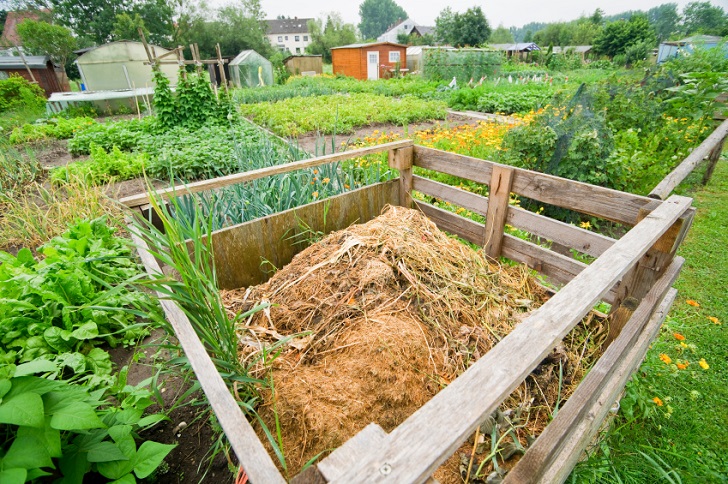
As far as green living goes, composting organic waste is about as earth-friendly as it gets.
If you’ve been composting for a while now, you’re likely aware of the long list of compostable items you can add to your pile, as well as a few materials that really don’t belong in a healthy compost heap.
While there are certain items that are more difficult to compost, pretty much anything of organic origin can be composted or otherwise recycled.

In the effort to encourage more composting – and not less – we’ve rounded up some of the top items we’re often told not to add to the compost heap, but have included methods to dispose of these materials that doesn’t involve the landfill.
If you shudder at the thought of tossing organics in the trash, read on!
1. Pet Waste
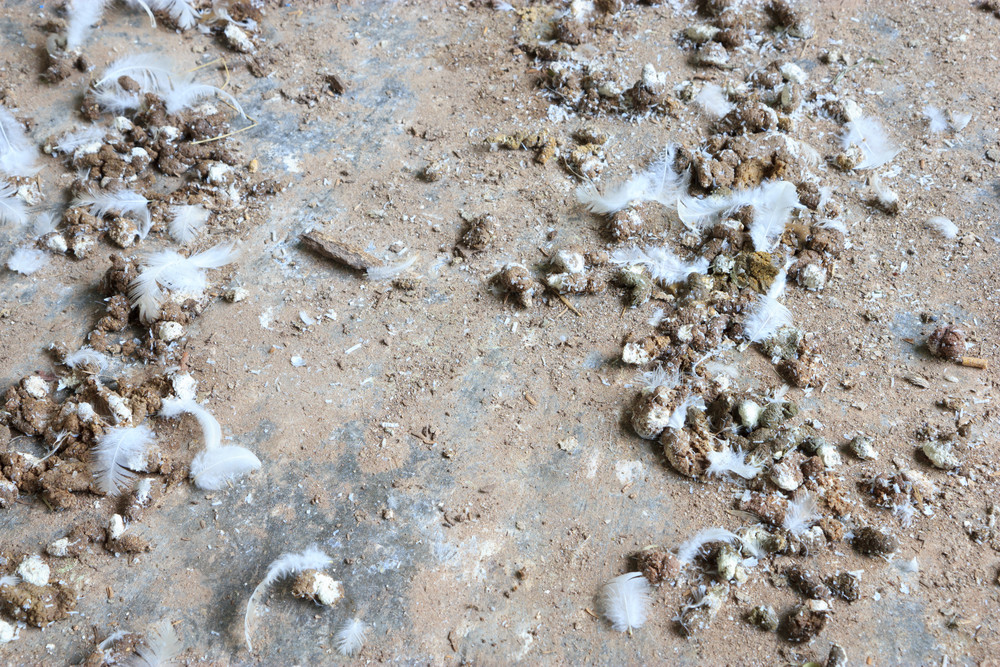
Animal manure sourced from cows, goats, sheep, rabbits, chickens, llamas, hamsters, and other herbivores are rich in nitrogen, beneficial aerobic bacteria, and are perfectly good additions to the compost. Using waste from dogs, cats, and other carnivores, however, is generally considered a no-no.
The concern is that dog and cat feces may carry harmful microorganisms and parasites that, when used to grow food, can contaminate your crops. For felines, the primary issue is toxoplasmosis and for dogs, roundworms.
That said, if you really want to take advantage of this free and renewable resource, there are ways you can compost dog and cat poop safely – provided you keep it in a separate pile and never use composted pet waste on food- bearing plants.
For step-by-step instructions, read these articles on dog waste composting and kitty litter composting.
2. Any Part of the Walnut Tree

All members of the walnut family (Juglandaceae) produce juglone, a compound that is toxic to many juglone-sensitive plants such as tomatoes, peppers, eggplant, cabbage, and asparagus.
Found in the bark, leaves, roots, fruit, and branches of walnut trees, even keeping a walnut tree near your garden can cause yellowing, wilting, and the eventual demise of certain plants. Although all walnut species contain juglone, black walnut trees are the most concentrated with this substance.
Though there are a slew of plants that can’t handle this compound, there are many more that are tolerant of juglone.
Walnut tree waste can be made into compost, as evidenced by one brave gardener back in 2008, who used it as a soil amendment for his pawpaw trees.
So if you happen to have an abundance of walnut waste, it needn’t be trashed as long as you keep it in a separate compost heap and only use the finished humus on juglone-tolerant plants.
3. Tea Bags
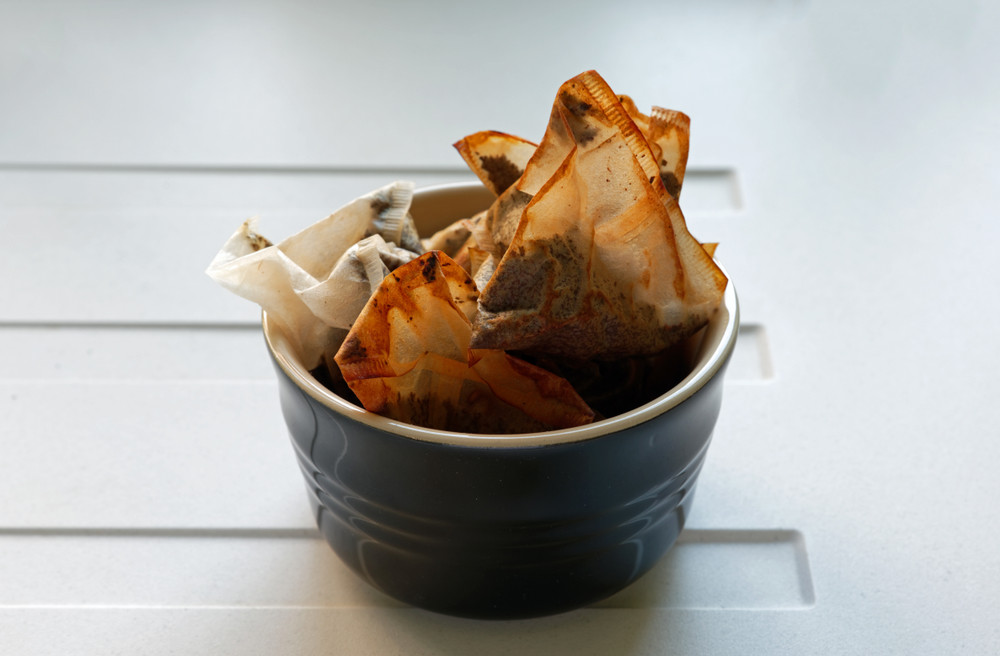
Tea leaves make for an excellent addition to the compost since they contain nitrogen, tannic acid, and trace nutrients that boost the activity of beneficial microorganisms, increase oxygenation, improve soil quality and create stronger root systems.
Tea bags, on the other hand, are often made with polypropylene, a heat-resistant plastic mesh that is used to glue the sides of the bag together.
Like other plastics, polypropylene does not readily decompose and could leach chemicals, like BPA, into your compost pile.
Unless you only drink teas that come in cotton or hemp bags, it’s best to remove the tea leaves from the bag before placing them in the pile.
4. Meat & Bones
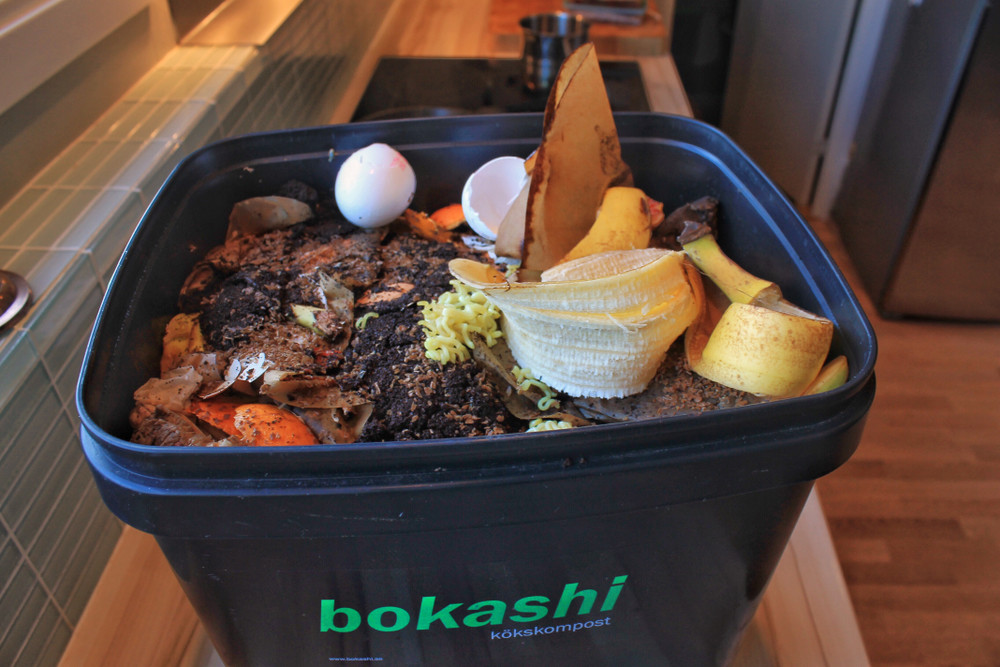
If you’ve been composting for a while, you’ve likely heard the drill about placing meat and bones in the pile: it will attract many unwanted scavengers and pests and it will make the entire heap stink.
Most other organic scraps don’t cause these issues because the type of organisms that thrive on breaking down vegetables, coffee grounds, yard waste, and the like, are aerobic and require plenty of oxygen to do the work of creating humus soil.
Whether raw or cooked, meat and animal carcasses decompose with the help of anaerobic organisms that reproduce in airless environments.
This lack of oxygen is what causes a compost pile to reek of rotten eggs or sour milk, creating an enticing aroma for rodents, raccoons, skunks, and flies.
While an open-air compost heap will provide no defense against pests and odors, there are other options for disposing of meat and bones in an earth-friendly way.
One is to use a trench composting system for meat scraps. Another is to use an enclosed anaerobic system, like Bokashi bins, to quickly break down meats in a way that won’t cause a stink and is completely inaccessible to insects and scavengers.
Read Next: 9 Reasons You Should Start Bokashi Composting
5. Cooking Oil
Putting cooking oil into your compost is widely discouraged and for good reason – not only is it alluring to vermin, it tends to coat your organic materials with a water-resistant barrier, which reduces air flow and slows down the decomposition process.
Though synthetic oils should never go into the compost, you can, however, pour very small quantities of plant oils and animal fats into the bin – such as sunflower oil, olive oil, suet, and lard.
You’ll also want to make sure your compost is nice and hot (between 120F and 150F), and aerated on the regular.
Before attempting to add cooking oils to your heap, try to reuse it first.
If you happen to have an ample supply of oil, search Craigslist, Earth911, or contact your local government to find facilities that will happily recycle it.
6. Dairy Products
As with meat, dairy products like milk, cheese, butter, yogurt, and ice cream added to the compost will usually generate a foul odor that will captivate the local fauna.
While a Bokashi system or trench composting are viable dairy disposing options, simply ensuring the compost pile is rich in “brown” carbon materials, increasing airflow by regularly aerating the heap, and making sure the dairy products are always buried deeply within the pile are ways to prevent the smell and thwart critters.
7. Weeds & Diseased Plants
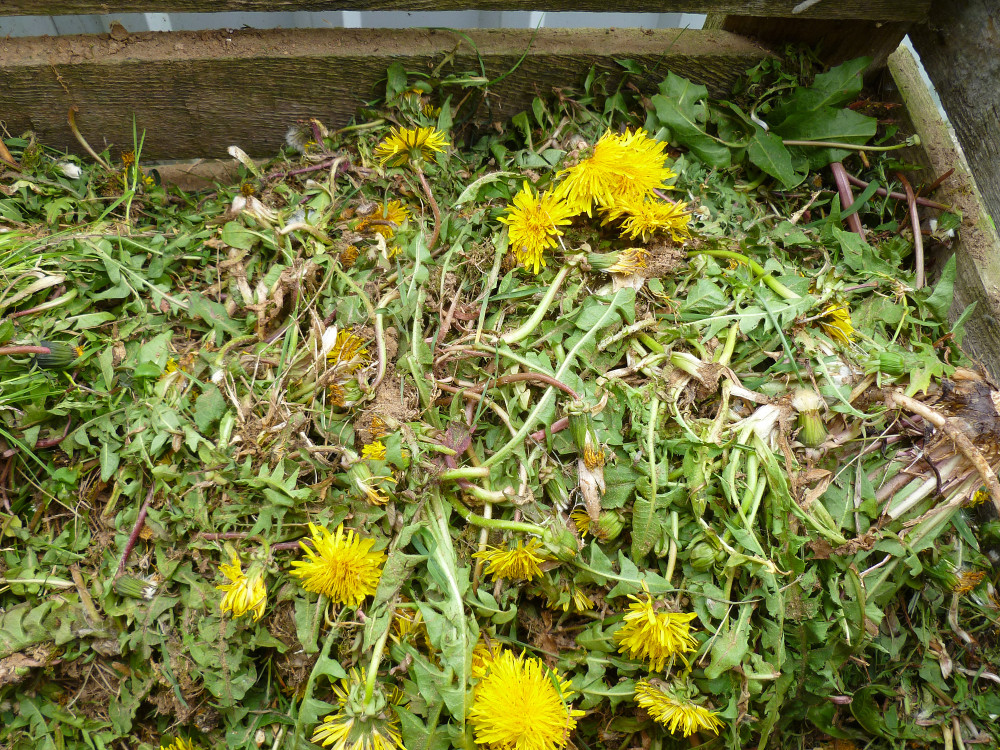
Those new to composting are often advised to leave diseased plants and weeds out of the pile.
The reasoning is that introducing these types of contaminants to the compost poses the risk of spreading invasive weeds and plant pathogens to your garden when you add humus to the soil.
And indeed, cold composting will most certainly allow weeds and diseases to lie dormant for a time, only to crop up once you use the finished compost.
The good news is that you can use these materials as feedstock for your compost, as long as you sterilize them with heat.
Weed seeds and most pathogens will be destroyed when kept at a consistent temperature of 130F to 140F for three days.
If you already use the hot composting method, then feel free to add weeds and diseased plants to your pile.
If you’re a cold composter, you can still avoid chucking these organics in the garbage – just seal them up in a black plastic bag (ensuring the bag is free of holes) and place it in sunny spot for a month. Check the contents occasionally to ascertain whether they are sufficiently fried – they should be completely dried out and crunchy – and then toss them in the compost.
8. Old Clothes
Polyester, nylon, rayon, spandex, viscose, and acrylic yarns are man-made fibers and are not fit for the pit. Natural fibers derived from plants and animals, such as wool, cotton, hemp, silk, linen, down feathers, and leather will break down in the compost, though the process will be quite slow.
One way to speed things up is to chop them up into smaller pieces before adding them to the pile.
Before you toss clothes into your compost, however, really make sure they are made from natural sources – even items labeled as 100% cotton may have been manufactured with synthetic sewing thread, inks, and decals.
But before you start shredding up your old clothes, consider reusing them (as rags, drop cloths, etc.) first.
If it’s still wearable, donate old clothes to local charities. If it’s no longer suitable as clothing, you can also seek out textile recyclers in your region.
9. Grass Clippings
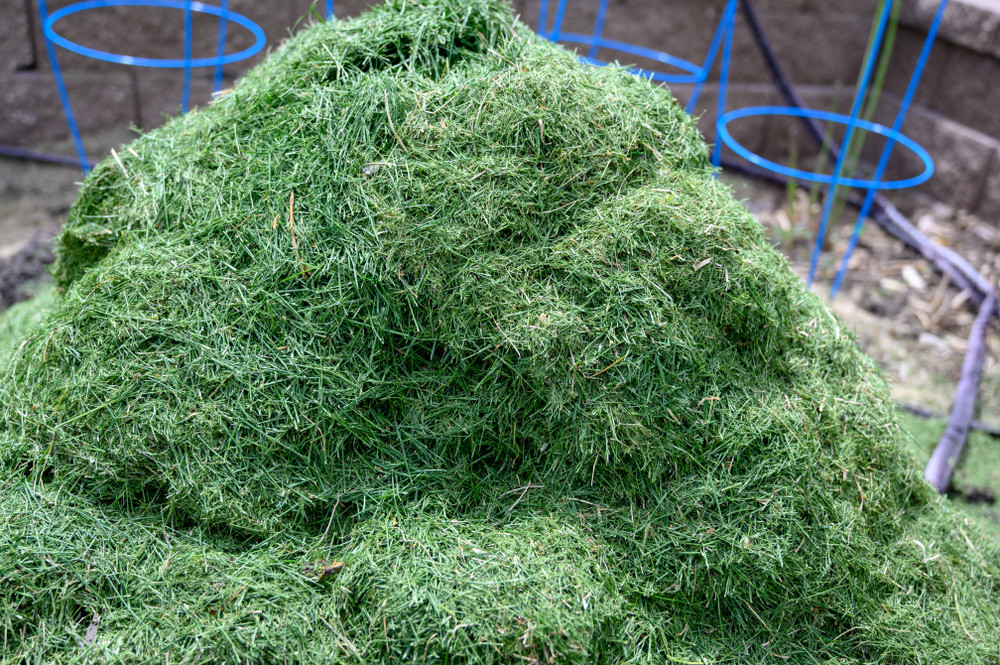
High in water content and rich in nitrogen, at first glance grass clippings would seem like the perfect “green” material to add to your compost.
And yet, dumping a payload of freshly-cut grass onto your pile has the tendency to smother the entire heap and render it anaerobic, which in turn causes a slimy and smelly compost that is very slow to degrade.
The easiest way to recycle lawn trimmings is to simply “grasscycle” and leave the clippings on the lawn as fertilizer.
But if you’d rather collect clippings for compost, allow the grass to dry out for a couple days before adding it to the pile.
Also be sure to turn the pile every few days to foster an aerobic compost environment and to only add it to the compost in small amounts, layered with generous amounts of brown materials.
